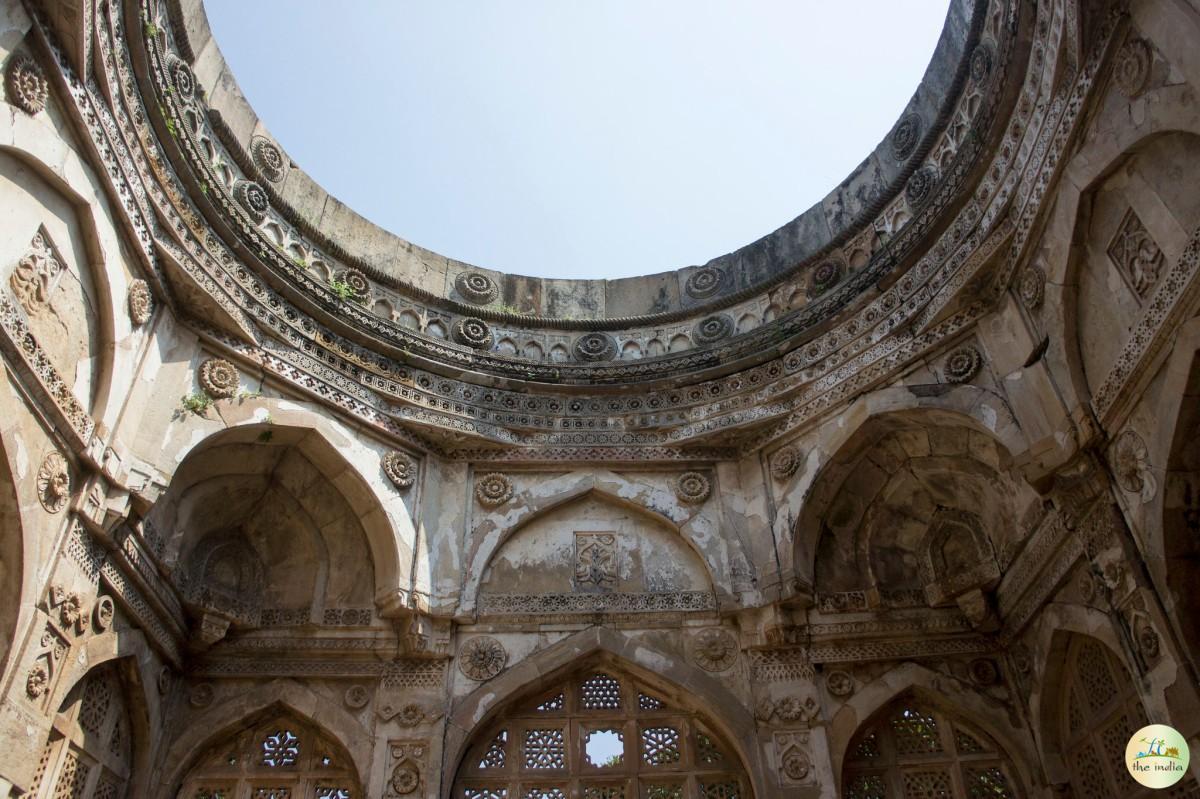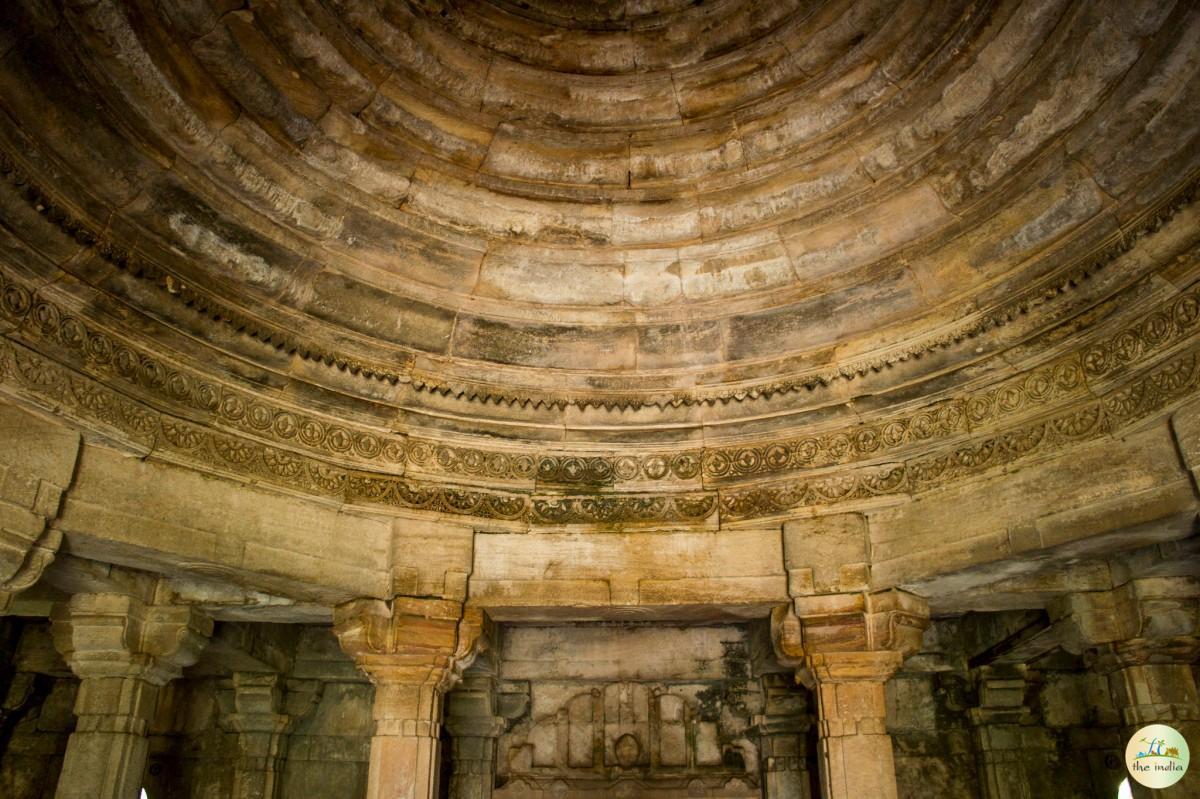Champaner is about 50 km from Baroda (Vadodara), situated at the base of the Pavagadh Hill in Gujarat. A UNESCO World Heritage Site with ancient forts, mosques, temples, and stepwells. A perfect place to explore history, culture, and scenic beauty together.

Explore Champaner through captivating images that showcase their rich culture, history, and charm.






The nearest airport is Vadodara Airport (BDQ). From the airport, you can hire a taxi or take a cab to reach the site in around 1 hours.
Champaner is well connected by road. Regular buses run from Vadodara, Ahmedabad, and nearby towns.
The nearest railway station is Vadodara Junction. From there, you can take a taxi, auto-rickshaw, or bus to Champaner.
Enjoy guided tours to Vadodara's historic landmarks, local destinations, and rich culture. Book your adventure today and create unforgettable memories!

0(No Review)
2D/1N
Exciting Statue of Unity-Poicha-Dakor Tour Package (1 Night-2 Days)
![]() Gujarat, India
Gujarat, India
₹ 4,999

5(1 Reviews)
5D/4N
4 Night 5 Days Ahmedabad Vadodara Statue of Unity Tour Package
![]() Gujarat, India
Gujarat, India
₹ 14,999
Champaner is a historic city located in the Panchmahal district of Gujarat, near Pavagadh Hill. It is a UNESCO World Heritage Site and is famous for its beautiful forts, palaces, mosques, stepwells, and ancient temples. The city was once the capital of Gujarat under Sultan Mahmud Begada in the 15th century.
Walking through Champaner feels like stepping back in time. The city is full of stone-carved buildings, old markets, and hidden pathways. The most famous attraction is the Champaner-Pavagadh Archaeological Park, which covers both the old city decay and the holy Pavagadh Hill.
Visitors can explore grand structures like the Jama Masjid, one of the finest mosques in Gujarat, built with detailed stone carvings. There are also many stepwells and small shrines spread around the city. Pavagadh Hill, with its Mahakali Temple, attracts both devotees and tourists.
Champaner surprised me with its wide range of heritage sites. On one side, you will find the 8th-century Shakti Peetha Kalika Mata Mandir on top of Pavagadh hill. On the other side, you can see 15th-century mosques built in a rare mix of Hindu and Islamic styles. Along with this, there are stepwells, tanks, gates, and even the old mint of the Champaner Fort. To see everything peacefully, it is better to spend at least 2 days inside the archaeological park.
Every corner of the Champaner–Pavagadh Archaeological Park is worth exploring, making it one of the must-visit tourist attractions near Vadodara. In total, there are eleven types of monuments in the park, spread between the plains of Champaner and the hills of Pavagadh. Important structures include the Jami Masjid, Sahar ki Masjid, Kalika Mata Temple, Tomb of Sikander Shah, Ek Minar ki Masjid, Kevada Masjid, Helical Stepwell, Mandvi (Custom House), Nagina Masjid, Pavagadh Hill, and the Citadel Walls. At present, all these historic sites are under the care of the Archaeological Survey of India.
Finally, Champaner-Pavagadh was recognized for its heritage value. It was declared a UNESCO World Heritage Site in 2004.
The names are generally said together, but Champaner and Pavagadh are not the same. They are around 1.5 km away. Pavagadh is a hill known for the Kalika Mata Temple, while Champaner is the town spread around the hill. The Champaner Fort was built around Pavagadh Hill, and today, with the temples and mosques, this whole region is known as the Champaner-Pavagadh Archaeological Park.
Archaeological findings show that people lived in Champaner and Pavagadh since the Stone Age. In mythology, Pavagadh hill is linked to the story of Goddess Sati. When she sacrificed herself after being insulted by her father, Lord Shiva became very angry and caused great destruction. To calm him, Lord Vishnu cut her body into 51 parts, which fell on earth and became holy Shakti Peethas. It is believed that her right toe fell on Pavagadh Hill, which is why the Kalika Mata Temple here is considered a major Shakti Peetha.
Visitors can also see fort walls, palaces, Hindu and Jain temples, mosques, residential areas, stepwells, tanks, and other water systems dating from the 8th to the 14th centuries. The park beautifully showcases the transition between Hindu and Muslim culture and architecture during the late 15th and early 16th centuries, especially in the early Islamic and pre-Mughal city that has stayed untouched over time.